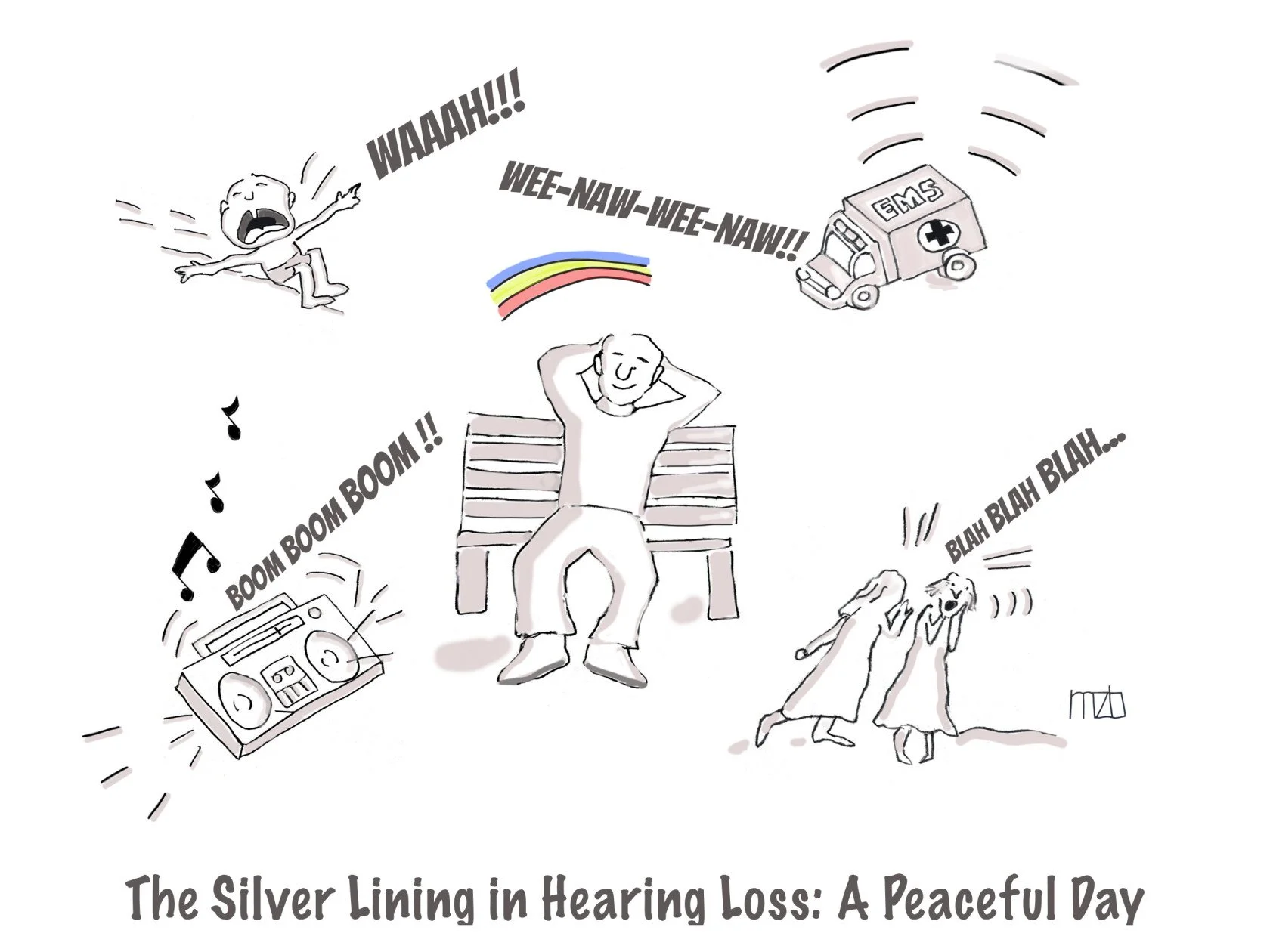In 2011 the U.S. Department of Defense Blast Injury Research Program Coordinating Office recommended prioritizing the identification of candidate pharmacologic strategies for early intervention to prevent damage to the cochlea and brain from blast injury. The 2020 U.S. Department of Veterans Affairs annual report states that tinnitus and hearing loss contributed to 21.6 percent and 8.8 percent of the most prevalent disabilities respectively among veterans, indicating that knowledge gaps still hold.
Representative Impulse waveform (A) and frequency spectrum (B) of blast overpressure at 23 psi (∼172 dB pSPL). Credit: Krishnan Muthaiah et al./Frontiers in Cell and Developmental Biology
Oxidative stress and inflammation are important factors in blast injuries, causing damage to the brain and disrupting the blood-brain barrier. Researchers are studying antioxidants like HPN-07 and NAC, but they have found that inhibiting a protein called PARP1 can reduce inflammation and protect the blood-brain barrier.
PARP1 (Poly ADP-Ribose Polymerase-1) has been implicated in various conditions involving oxidative stress, where its overactivity leads to inflammation and cell death. A 2019 Emerging Research Grants scientist, Vijaya Prakash Krishnan Muthaiah, PT, Ph.D., and team at the University at Buffalo aimed to investigate whether inhibiting PARP1 could offer protection to hair cells against blast injuries.
They used mouse hair cells in vitro and exposed them to simulated blast injuries using single and repetitive blast overpressures. The team then examined the effects of a known PARP1 inhibitor called 3-aminobenzamide (3AB) on these cells.
As published in Frontiers in Cell and Developmental Biology in March 2023, the results of the study were promising. Inhibiting PARP1 with 3AB reduced the oxidative stress experienced by the cells subjected to blast injury. This was evident from the decreased levels of markers that indicate cellular damage caused by oxidative stress, and the protective effects of 3AB were attributed to the increased activity of Nrf2, a protein involved in regulating antioxidant defenses, and GCLC, an enzyme responsible for synthesizing glutathione, a potent antioxidant.
These findings suggest that by inhibiting PARP1, it may be possible to maintain the health and survival of hair cells following blast injuries. The restoration of energy production from both mitochondria and glycolysis contributes to this protective effect. Understanding these mechanisms opens up new avenues for developing treatments that target PARP1 inhibition to mitigate the damaging effects of traumatic events on the auditory system.
This is adapted from the Frontiers in Cell and Developmental Biology paper. A 2019 Emerging Research Grants scientist, Vijaya Prakash Krishnan Muthaiah, PT, Ph.D., is is an assistant professor in the department of rehabilitation sciences at the University at Buffalo, the State University of New York. His 2019 grant was generously funded by Royal Arch Research Assistance.









Many single-sided deafness patients perform perfectly on standard speech-in-quiet tests due to their healthy ear, a “ceiling effect” that masks the real-world challenges they face. We propose using more sensitive metrics that assess sound quality and music perception.